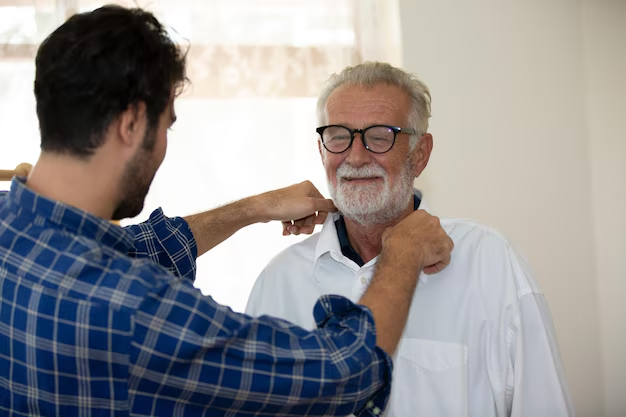Signs You Might Have Parkinson's Disease: What to Watch For
Navigating the uncertainties of health can be daunting, especially when faced with something as life-altering as Parkinson's disease. Detecting early signs can make all the difference in managing symptoms and maintaining quality of life. Here, we'll delve into how you can recognize potential indicators of Parkinson's disease and guide you towards useful resources that may provide support and relief.
Key Symptoms to Be Aware Of
Parkinson’s disease primarily affects movement, but symptoms can vary widely. Here are some primary signs to be mindful of:
- Tremors: Often beginning in the hands or fingers, these are involuntary shaking that can be noticeable when at rest.
- Bradykinesia: This is a slowing down of movement, making simple tasks take longer than usual.
- Muscle Rigidity: Stiffness can occur in any part of the body and may be painful or restrict your range of motion.
- Impaired Posture and Balance: Difficulty in maintaining balance or an easily noticeable stooped posture.
- Changes in Speech and Writing: Speech may become soft or slurred, while handwriting might shrink or become laborious.
While these are common indicators, it’s crucial to consult a healthcare professional for a comprehensive diagnosis, as these symptoms can overlap with other conditions.
Diagnosis and Professional Guidance
To determine if you have Parkinson’s disease, a neurologist typically uses a combination of neurological tests, medical history analysis, and possibly imaging tests like MRI or PET scans. There is no single test for Parkinson's, so early and accurate diagnosis often involves ruling out other illnesses.
Financial and Educational Support Options
Living with Parkinson’s can bring financial challenges, from medical expenses to additional care requirements. Fortunately, several programs and resources are available to help alleviate these burdens:
Government Disability Programs:
- Social Security Disability Insurance (SSDI) provides income support to individuals who are unable to work due to Parkinson’s.
- Supplemental Security Income (SSI) offers additional financial assistance based on financial need.
State-Specific Aid:
- Many states offer Medicaid programs or health services for low-income residents, including those with chronic conditions like Parkinson's.
Private Support Options:
- Various nonprofit organizations offer grants to cover treatment costs, therapies, or assistive devices.
Credit and Debt Solutions:
- If medical bills are overwhelming, seek out credit counseling services to explore debt consolidation or settlement options that might ease this financial strain.
Educational Opportunities:
- Scholarships and grants are available for caregivers or patients seeking training or education to better manage the disease.
Managing your health alongside financial stability can be challenging, but knowing the available resources can make a significant difference. Remember, seeking assistance is a strength, not a weakness.
Summary of Resources and Support Programs
📊 Financial Assistance Options:
- 💸 SSDI: Monthly income support
- 💰 SSI: Additional needs-based assistance
- 🏥 Medicaid: State healthcare programs for eligible individuals
- 🤝 Nonprofit Grants: Financial aid for medical expenses
📈 Credit Solutions:
- 💳 Credit Counseling: Debt relief and management strategies
🎓 Educational Grants:
- 📚 Training Programs: Skill-building for better disease management
By staying informed and proactive, you can make empowered decisions about your health and financial well-being. Remember, early detection paired with the right support can make a transformative impact, offering you a brighter, more manageable future.

Related Topics
- Are There Environmental Causes Of Parkinsons
- Can Alcohol Cause Parkinson's
- Can Concussions Cause Parkinson's
- Can Concussions Cause Parkinson's Disease
- Can Dogs Get Parkinson's Disease
- Can Dogs Get Parkinsons
- Can Dogs Have Parkinson's
- Can Dogs Have Parkinson's Disease
- Can Females Get Parkinson Disease
- Can Head Trauma Cause Parkinson's